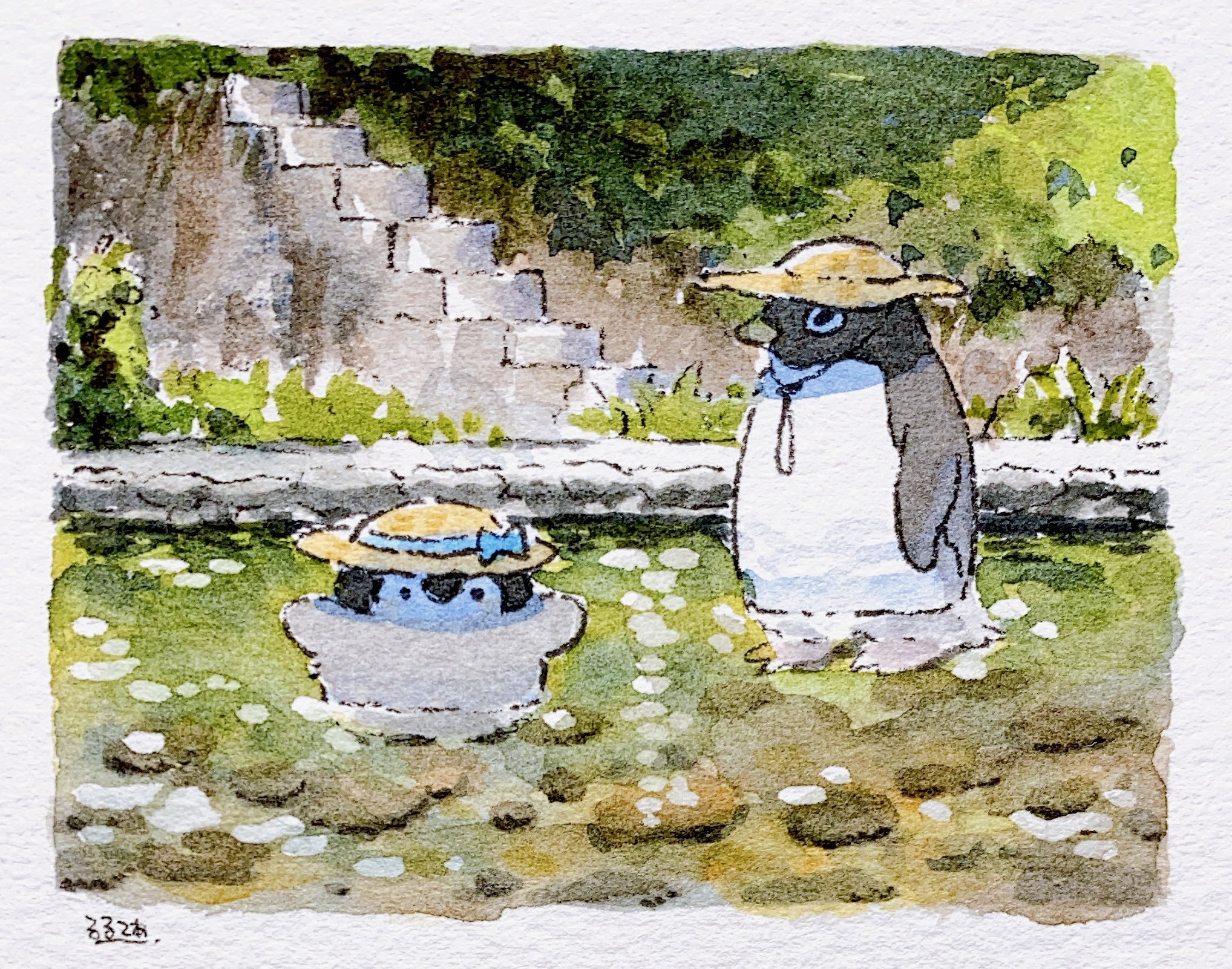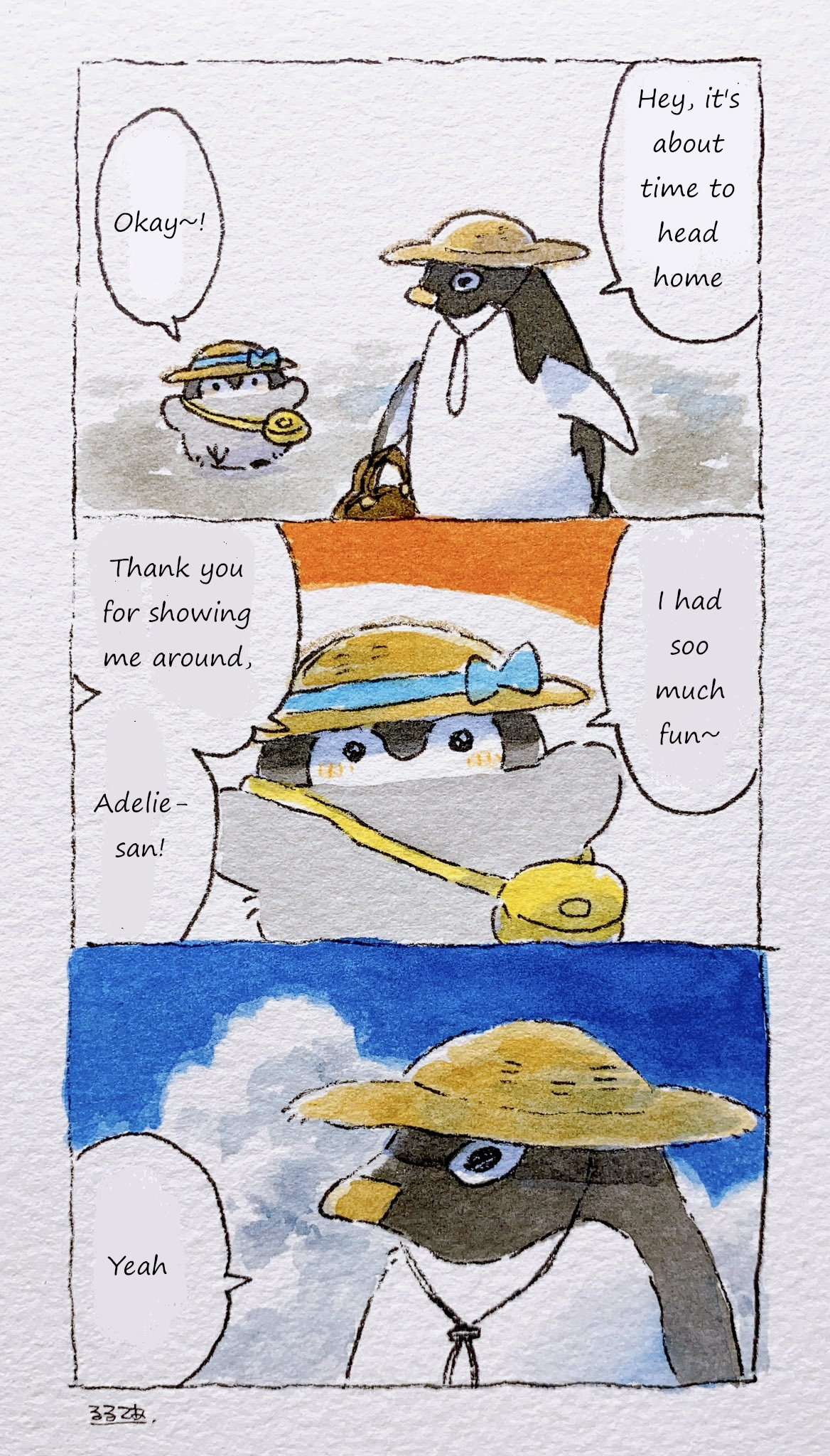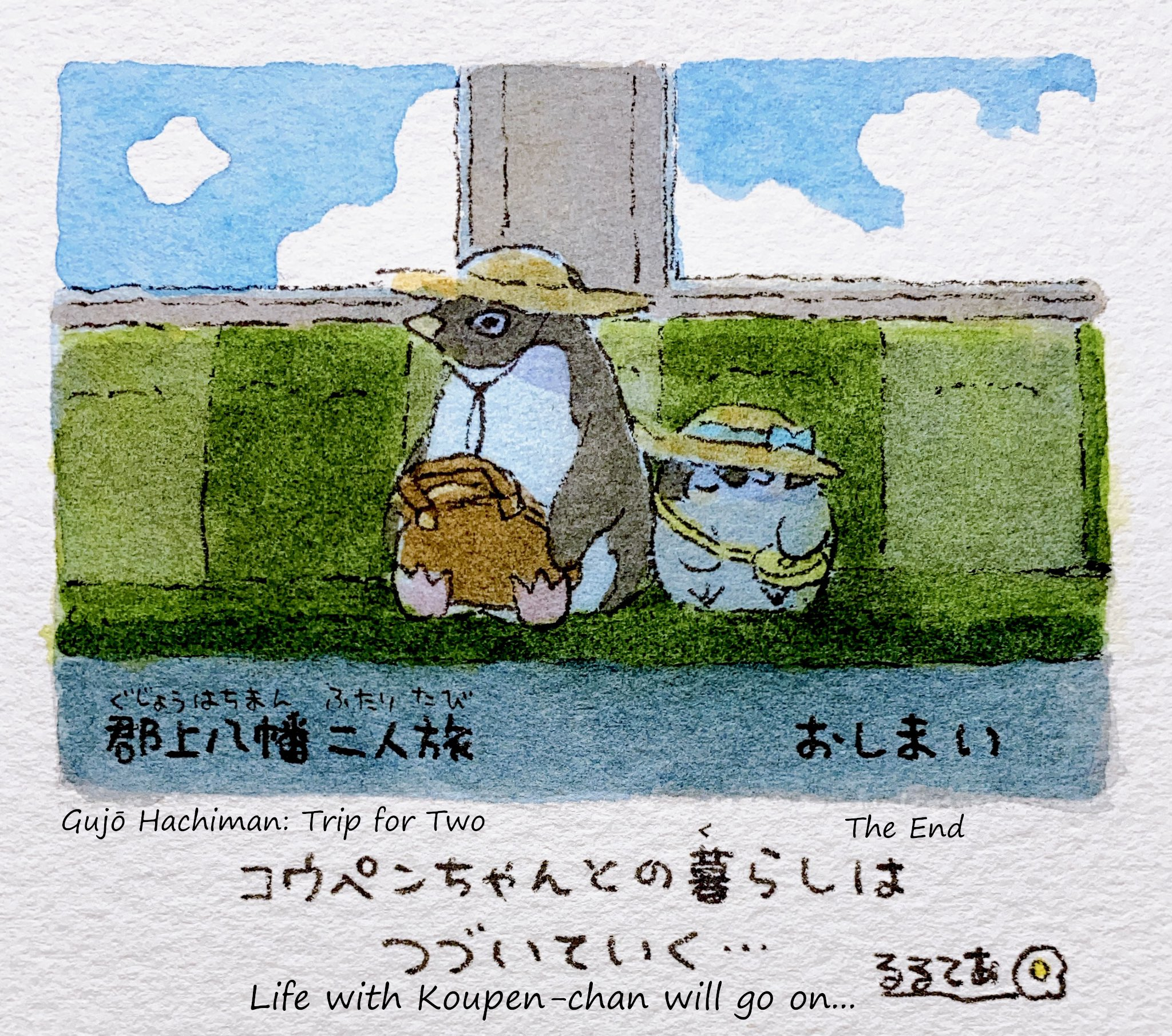Trip to Gujō Hachiman
Captions are below their corresponding image.
C: After the Gujō Odori
*This caption is for the 2 images below.
C: The paper lanterns that spin the light round and round are pretty, aren’t they
*This caption is for the image below.
C: Going to a sushi place that opens late too
A: This eel, it’s a bit crispy on the outside! Mmh, so good—
K: These asparagus and quail egg battleship sushi*… Such an addictive flavor~~
TN: 軍艦(ぐんかん)(gunkan) means “battleship” and is also used to refer to sushi or maki (rolls) wrapped in such a way where they look like small boats, or battleships (Jisho.org). uzura means quail, and here refers to uzura no tamago (quail egg), as you can see by the yellow egg yolk on the left-most roll.
Captions are below the following 2 images.
C: Autumn is coming, so let’s go home
About Gujō Hachiman
Gujō Hachiman is mainly known for its summer festival, the Gujō Odori, which is traditionally held for 30 or so days in the summer from mid-July to early September. You can read about it detail in the article linked below from gov-online.go.jp, which was written in 2018.
Notes on Sougisui (宗祇水)
According to the references below, Gujō Hachiman is known as “the town of water” as it lies beside the Yoshida River, which “flows down from the Okumino Mountains,” and these mountain waters, called Sougisui, were supposedly the first to be added on the list of Japan’s “100 Remarkable Waters” (if I’m interpreting the article correctly).
References
Where I first found the word/name in print, with some photos of the water: https://www.kankou-gifu.jp/spot/detail_3485.html
An official English article from the Japanese government describing Gujō-Hachiman, what the sougisui is, and the Gujō Odori.
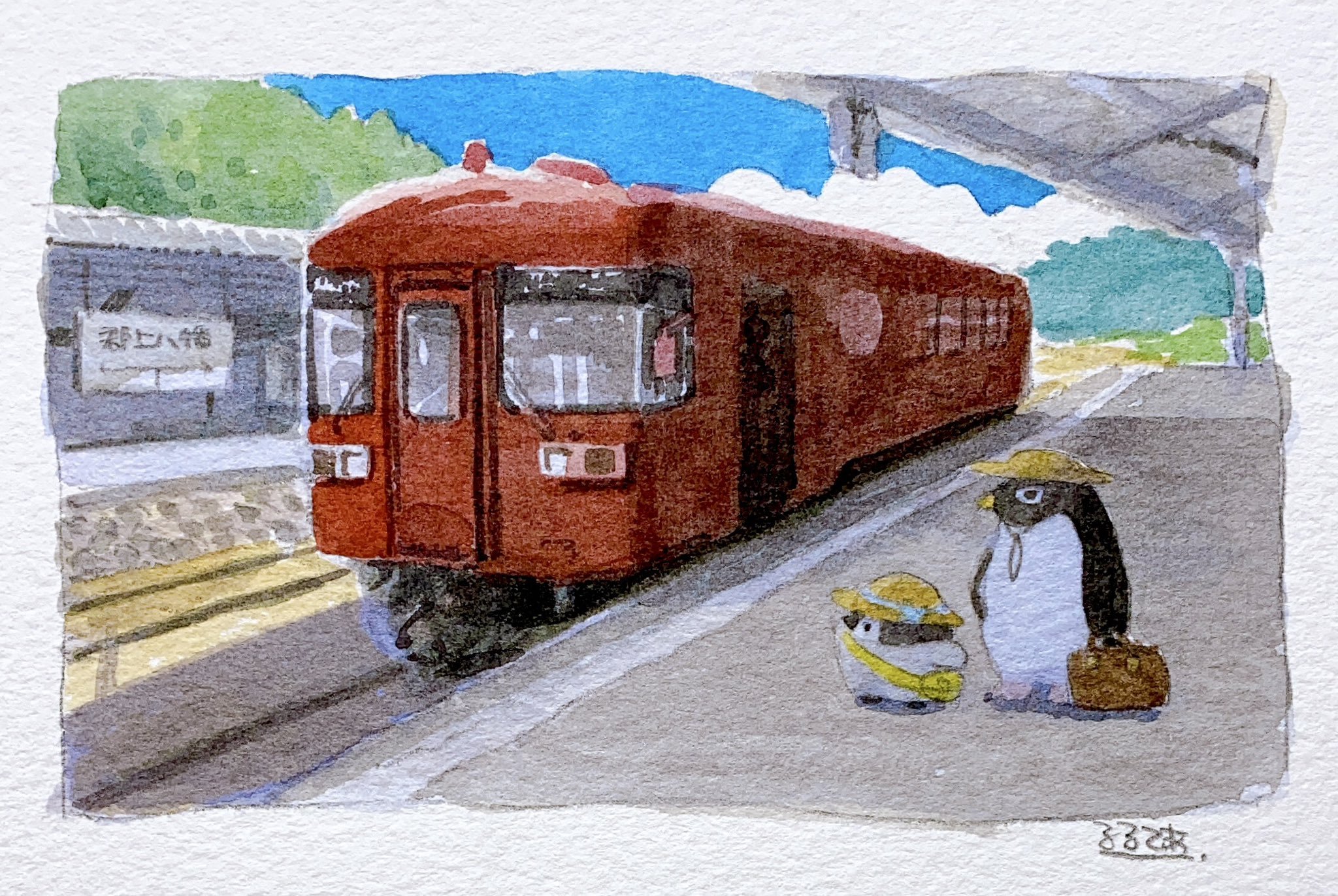
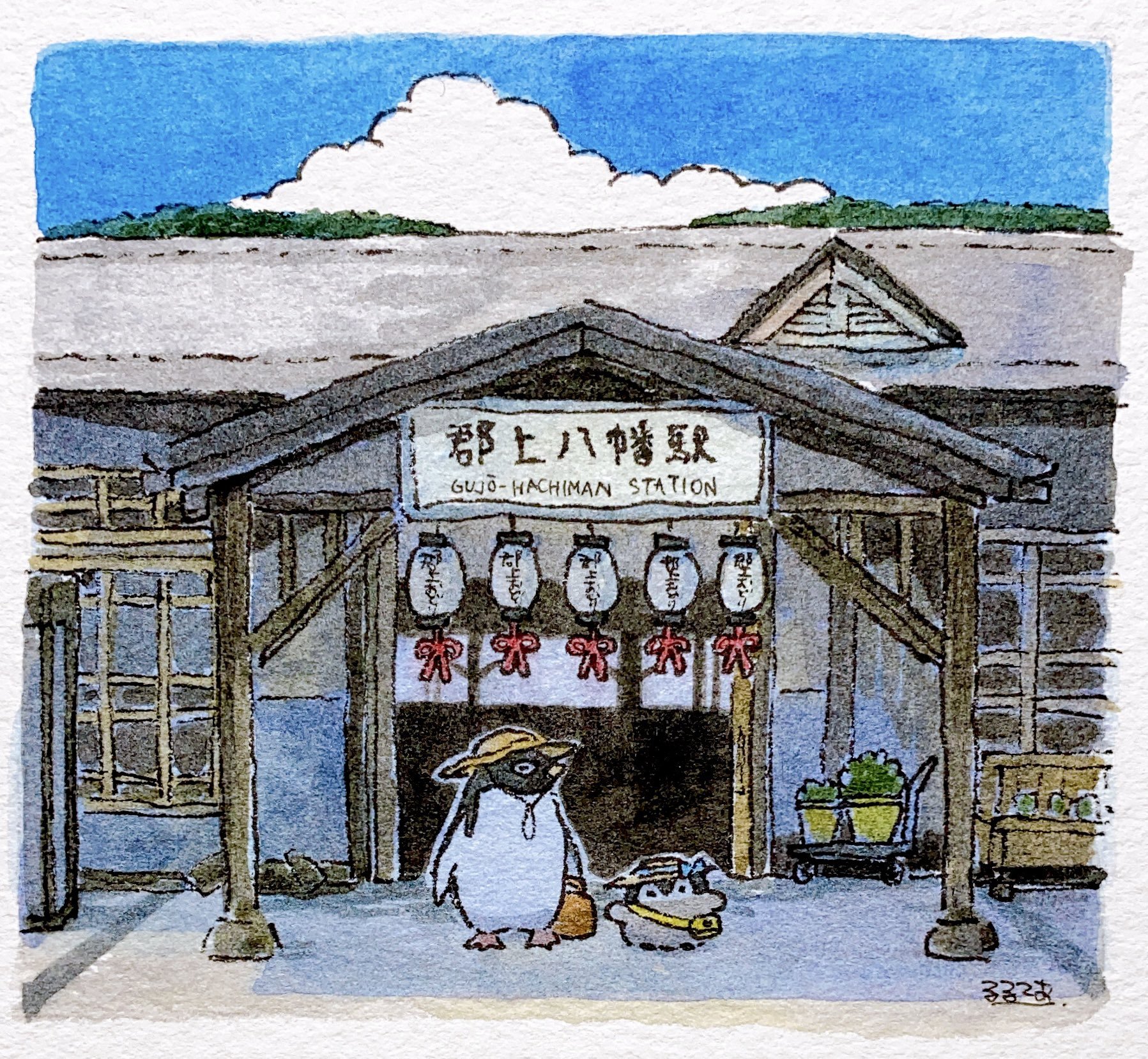
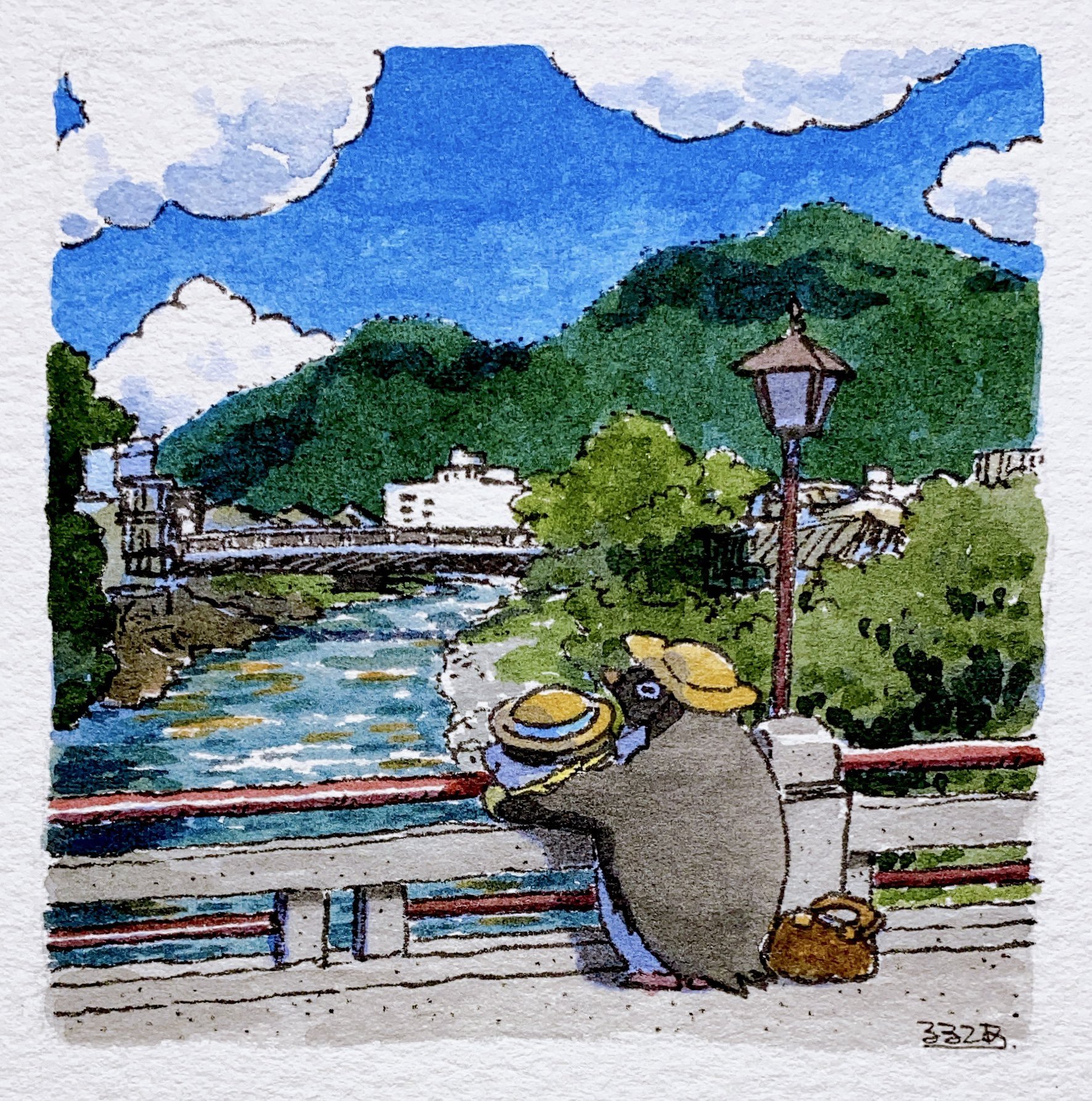
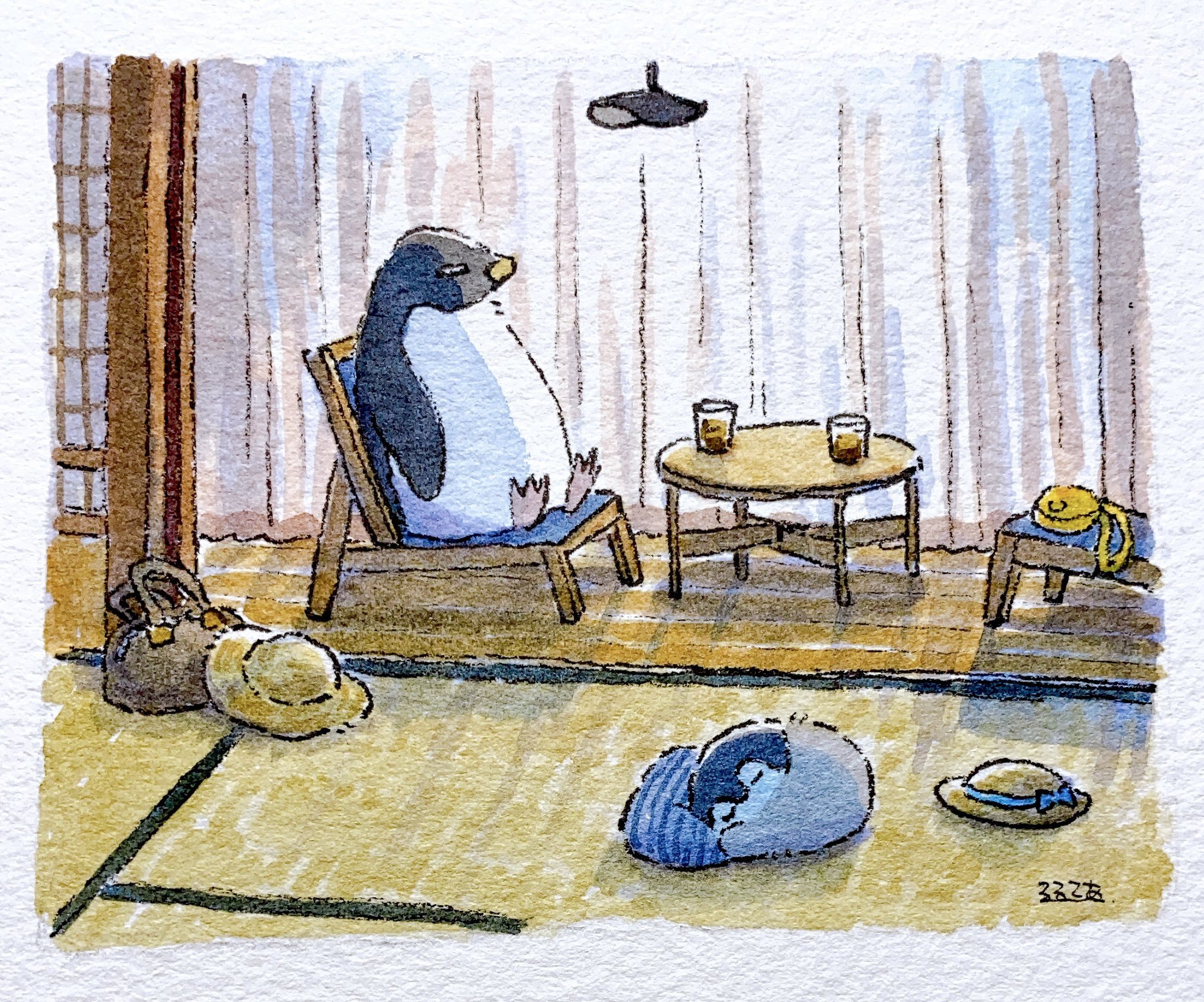
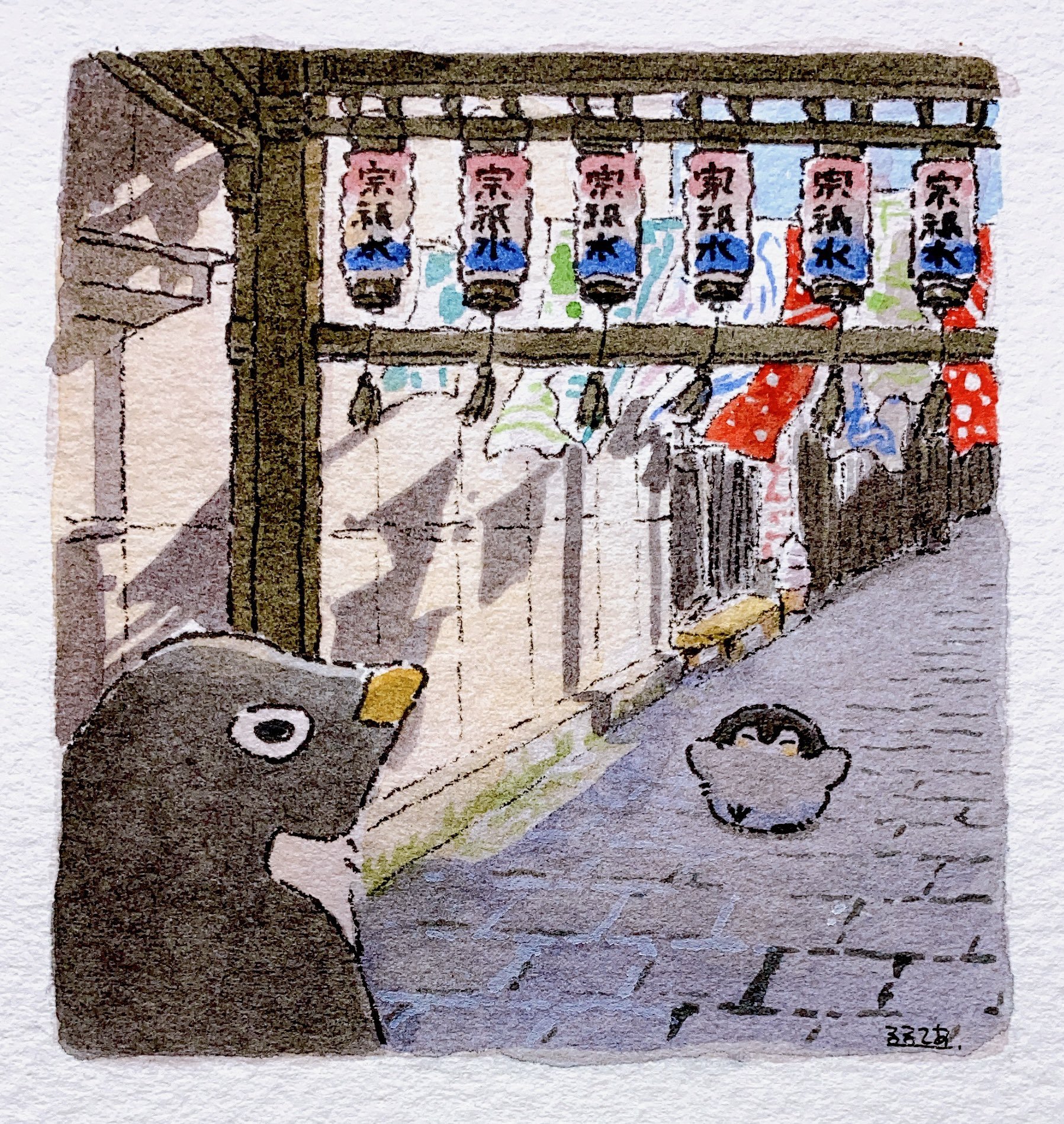
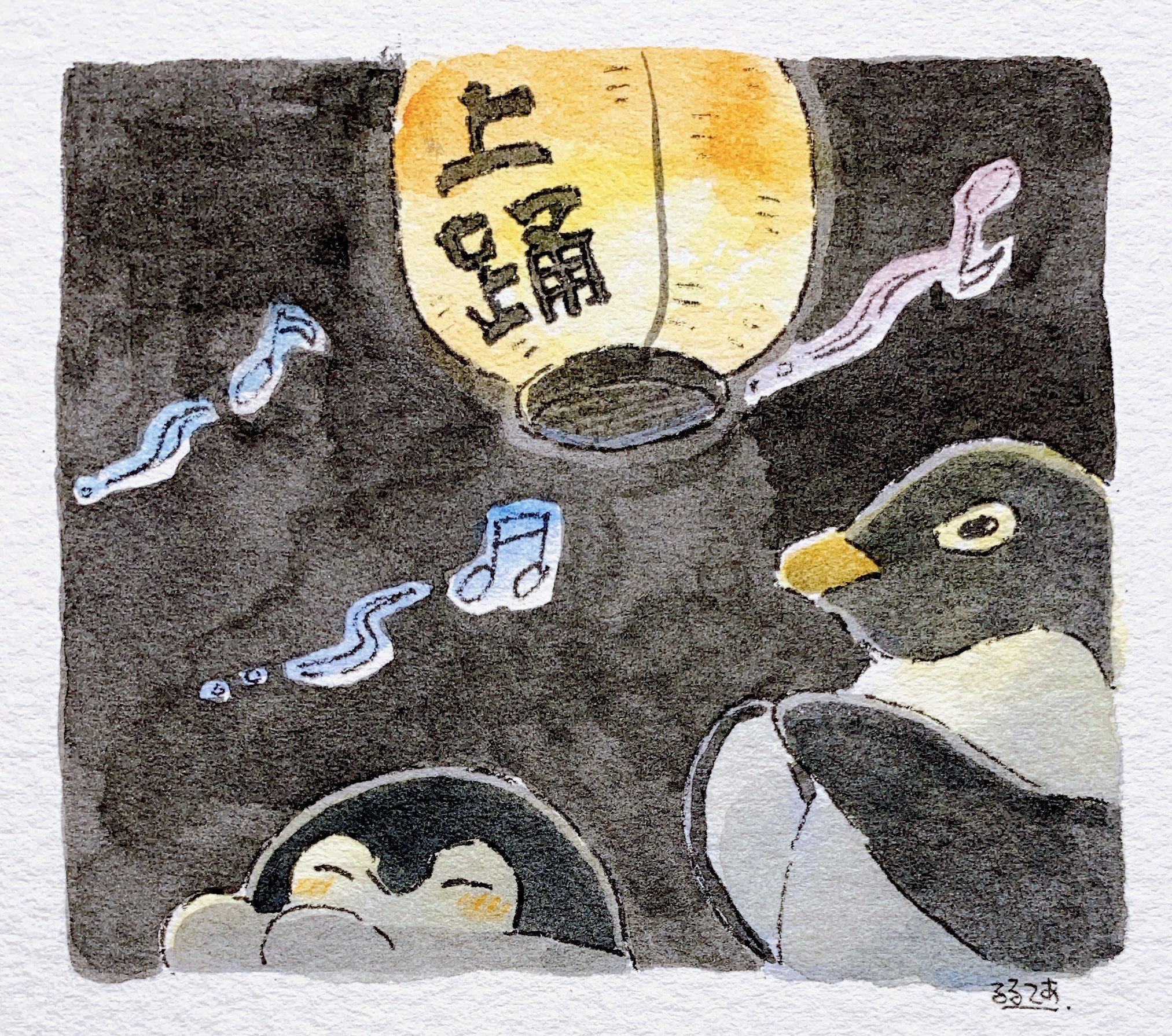
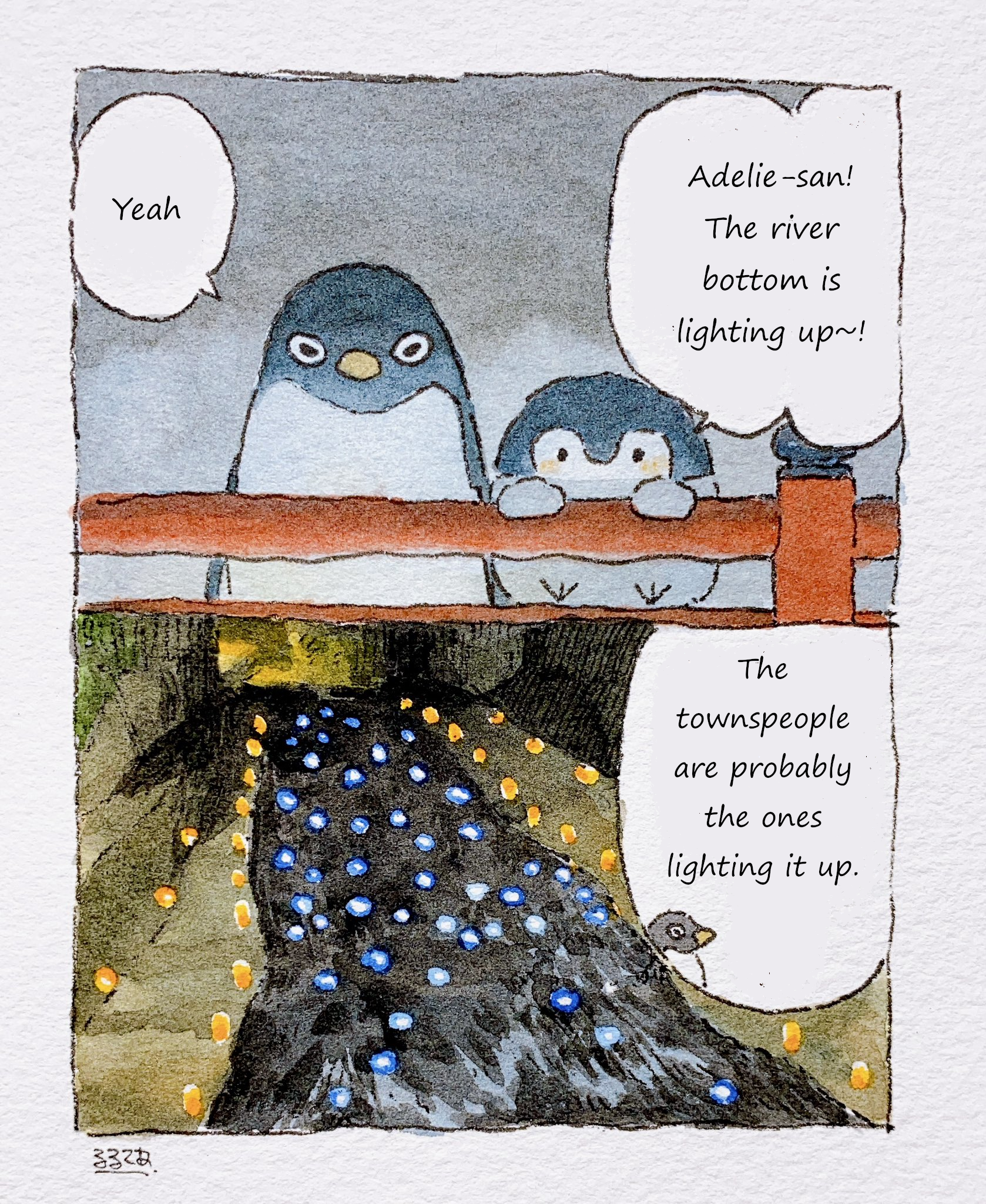
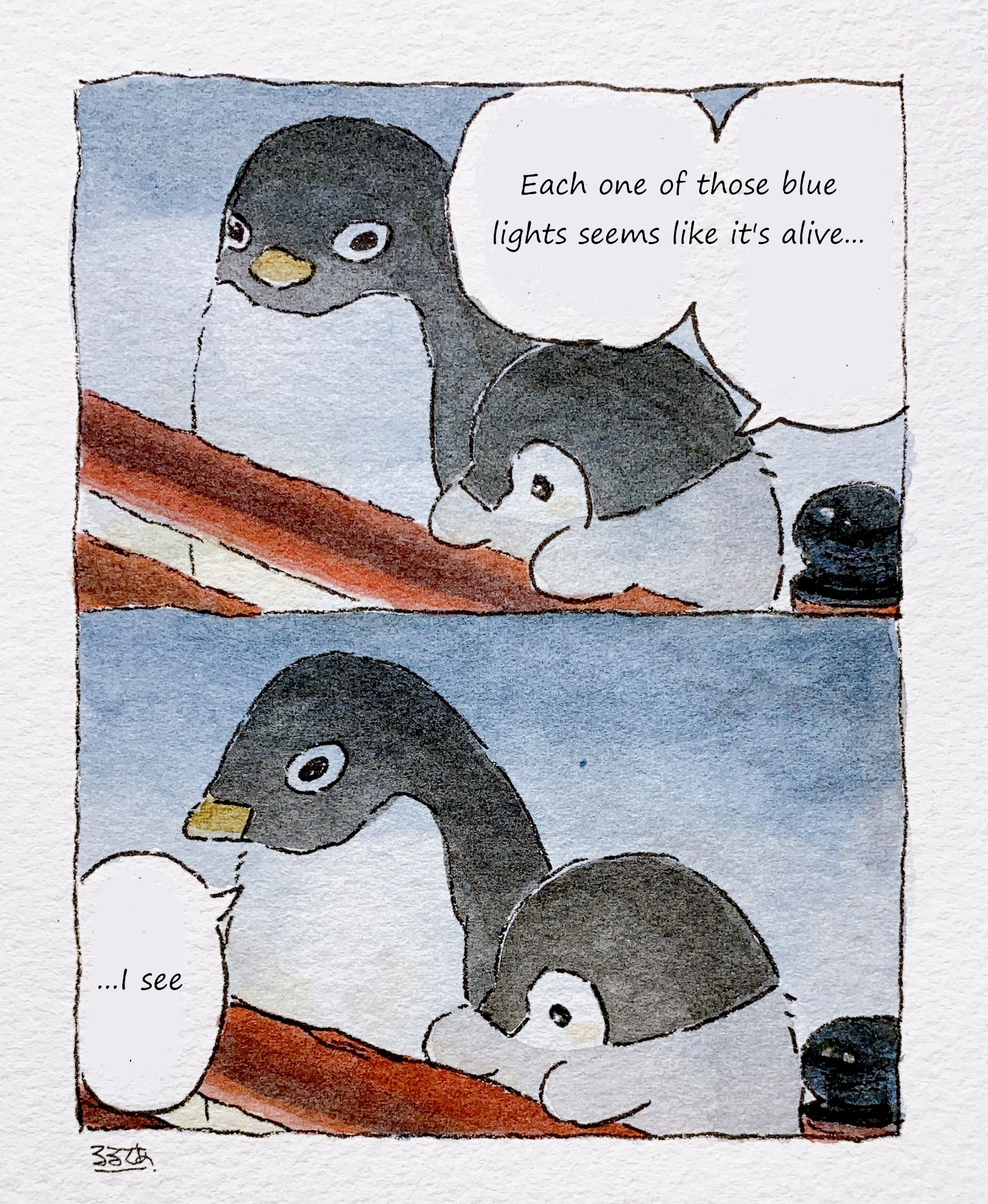
![C: Breakfast is Omelette Curry [Rice]* at a café](https://images.squarespace-cdn.com/content/v1/5f35eac37f594407730da9dc/1692499988264-8L7JGW8NPCU3G6XWZLC3/F3w9l22aYAAivNd.jpg)
